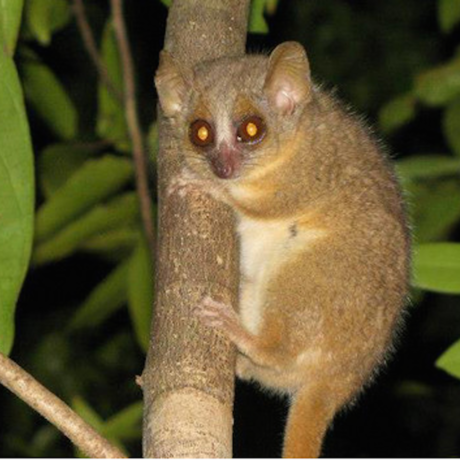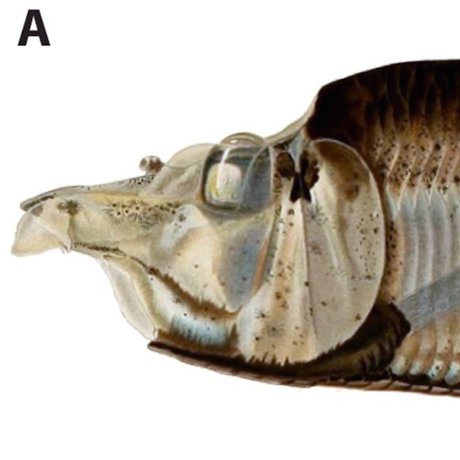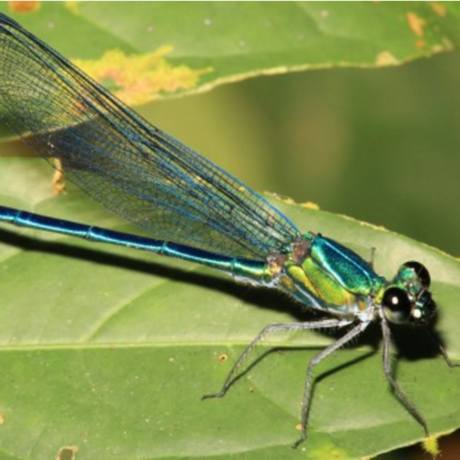Science News
New Discoveries: Fiery Frog, Cheating Plant, Mystery Fly

Fiery Frog
A tiny new frog species was just found by Australian researchers in a densely populated area just north of Sydney. Named for biologist and frog fanatic Michael Mahony, the Mahony’s toadlet lives in coastal swamps where it burrows into the sand to hide. It remains well camouflaged and easy to miss—until it flashes the surprising orange patches hidden under its back legs, that is. The scientists who discovered it speculate that the flashes may be used to surprise predators. They suspect that the frog must be rare because it comes from a region that has been extensively surveyed in the past. The researchers recommend its conservation status be determined quickly to see if the frog should be listed with other threatened or endangered species. The new species, Uperoleia mahonyi, is described in the latest volume of the journal Zootaxa.
Cheating Plant
A new orchid species was discovered on the Japanese island of Yakushima—by a photographer, no less! This orchid doesn’t photosynthesize like other plants; instead, it’s mycoheterotrophic, gathering nutrients by parasitizing upon fungi. While it is a bit of a cheater, Lecanorchis tabugawaensis, which has already been listed as critically endangered, is important in the ecosystem, according to lead author of the study describing the new plant, Kobe University’s Kenji Suetsugu. “Due to the sensitivity of mycoheterotrophic plants it has long been suggested that their species richness provides a useful indicator of the overall floral diversity of forest habitats. A detailed record of the distribution of these vulnerable plants therefore provides crucial data for the conservation of primary forests.”
Mystery Fly?
For ten years, an unusual fly that was collected as part of a survey in the Great Smoky Mountains National Park lingered on Bugguide.net for identification. Finally, a viewer recognized the insect as a member of the Neostenoptera genus, which had only two described species, both from the Congo in Africa. Once determined as Neostenoptera, the USDA notified the scientists that other unidentified specimens were in their collections from the southeastern United States—all from the same species. Neostenoptera appalachiensis was described last month, and the authors say that the newly discovered flies are perhaps not the best at, well, flying. They “do fly, but they are likely weak fliers,” the team writes.


